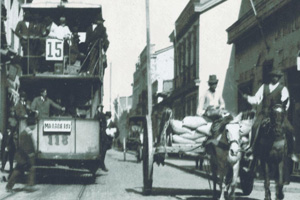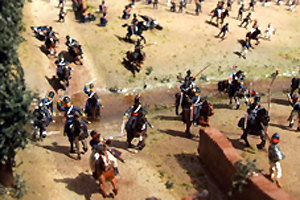Congress elected Federico Errazuriz as the new president of the Republic by two votes, as none of the candidates (the other was Vicente Reyes Palazuelo) achieved the absolute majority.
So, with the support of conservatives, nationals and liberals, Errazuriz became the second president of the Parliamentary Republic on September 18th, 1896.
When he assumed power, the situation between the Executive and the Legislative bodies reached a fair balance because he achieved the majority in the Senate, but not in the Chamber of Deputies.
However, the economy was quite deteriorated due to the saltpeter crisis, which caused social problems and unemployment.
In addition, the longed for metallic conversion he opposed (not so most of parliament), was postponed until 1902 due to the threat of was with Argentina. Everyone who feared the return of paper currency withdrew their savings from the bank, causing their debacle. This event forced the State to issue forced legal tender notes for quite some time.
Public works and education
What Errazuriz Echaurren’s government stood out for the most were public works. For example, the electric trams service was increased in both Santiago and San Bernardo.
Also, in 1898, a sewage system was implemented for Santiago, and the following year potable water was supplied to Valparaiso and Viña del Mar through the construction of the Peñuelas reservoir. In 1900, the Estacion Central (Central Station) was inaugurated and the Parque Forestal (Forest Park) began to take shape.
Several establishments were founded in education. Among them: Instituto Comercial de Santiago (Santiago Commercial Institute), Escuela Profesional de Niñas de Valparaíso (Valparaiso Profesional School for Girls) and schools for girls in Santiago and Iquique.





 Batalla de Lircay
Batalla de Lircay